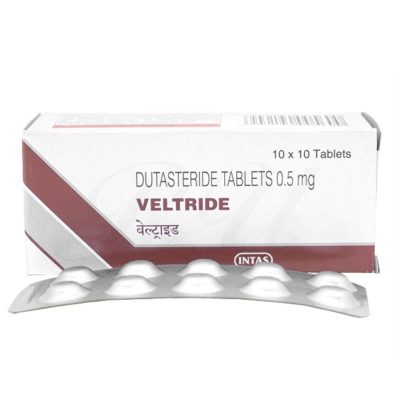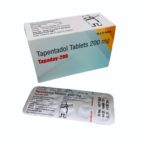Tapentadol is a synthetic opioid analgesic medication that is used to treat moderate to severe pain. It has a unique dual mechanism of action, as it acts as both a mu-opioid receptor agonist and inhibits the reuptake of norepinephrine.
Tapentadol is commonly prescribed for the management of pain conditions such as chronic osteoarthritis, neuropathic pain, and cancer-related pain. It offers several advantages over traditional opioid medications, like morphine, as it is believed to have a lower risk of opioid-related side effects such as respiratory depression and constipation. This makes tapentadol an attractive option for patients who require long-term pain management.
One of the benefits of tapentadol is its ability to provide effective pain relief while also reducing the likelihood of developing opioid dependence or addiction. This is because tapentadol has a lower affinity for the mu-opioid receptor compared to other opioids, meaning it is less likely to produce the euphoric effects that can lead to abuse.
There are various formulations of tapentadol available, including immediate-release and extended-release tablets. The immediate-release formulation is typically used for acute pain management, while the extended-release formulation provides sustained pain relief over a longer duration.
Like all medications, tapentadol does have potential side effects. Common side effects may include nausea, vomiting, dizziness, somnolence, and constipation. It is important to discuss any concerns or potential side effects with a healthcare professional.
Tapentadol should be used with caution in patients with a history of substance abuse, respiratory disorders, or liver or kidney problems. It may interact with other medications that affect the central nervous system, such as sedatives or antipsychotics, so it is important to disclose all medications being taken to the prescribing doctor.
Overall, tapentadol is a unique opioid medication that offers effective pain relief with a lower risk of side effects and addiction potential compared to other opioids. It is increasingly being used as an alternative for patients requiring long-term pain management, but as with any medication, it should be used responsibly and under medical supervision.






Reviews
There are no reviews yet.